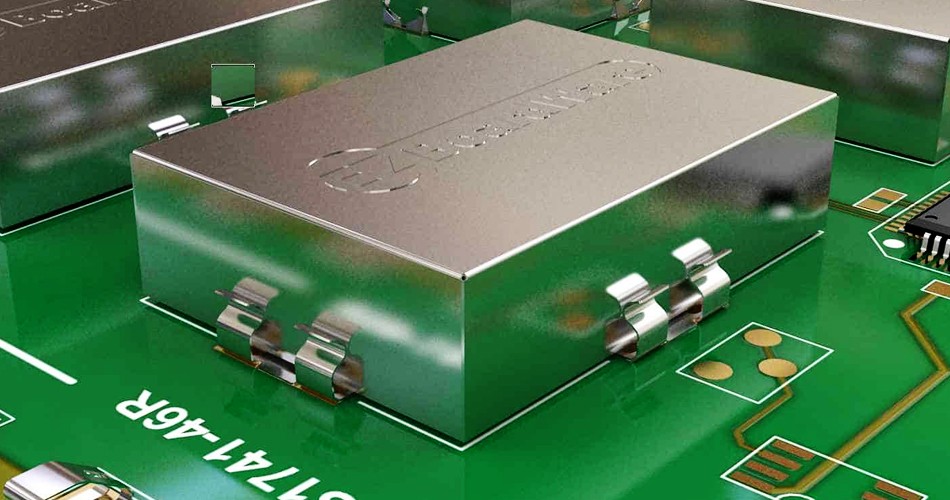- English
- Español
- Português
- русский
- Français
- 日本語
- Deutsch
- tiếng Việt
- Italiano
- Nederlands
- ภาษาไทย
- Polski
- 한국어
- Svenska
- magyar
- Malay
- বাংলা ভাষার
- Dansk
- Suomi
- हिन्दी
- Pilipino
- Türkçe
- Gaeilge
- العربية
- Indonesia
- Norsk
- تمل
- český
- ελληνικά
- український
- Javanese
- فارسی
- தமிழ்
- తెలుగు
- नेपाली
- Burmese
- български
- ລາວ
- Latine
- Қазақша
- Euskal
- Azərbaycan
- Slovenský jazyk
- Македонски
- Lietuvos
- Eesti Keel
- Română
- Slovenski
- मराठी
- Srpski језик
Acoustic and vibration analysis in PCBA assembly
2024-04-15
In PCBA assembly, acoustic and vibration analysis are two important engineering fields that are used to evaluate the acoustic performance and vibration characteristics of electronic devices. Here are the details on both:

1. Acoustic Analysis:
Acoustic analysis involves evaluating the sound generation, propagation, and control of an electronic device or system. This is important for applications that require low noise or acoustic performance, such as audio equipment, communications equipment, and medical equipment. Here are some key aspects of acoustic analysis during PCBA assembly:
Noise source identification: By analyzing the movement of various components and mechanical parts in electronic equipment, noise sources such as fans, motors, or component vibrations can be identified.
Acoustic Simulation: Use acoustic modeling and simulation tools to predict and optimize the sound characteristics of electronic devices. This helps reduce noise levels and improve sound quality for PCBA.
Noise Control: Taking steps to reduce or control noise, such as vibration reduction, sound insulation and noise reduction design.
Acoustic testing: Evaluating the acoustic performance of electronic devices through practical testing and measurements. This includes measurements of parameters such as noise levels, sound frequencies and harmonics.
Sound quality: Evaluates the subjective quality of sound, including timbre, clarity, and volume. This is especially important for PCBA of audio equipment.
2. Vibration Analysis:
Vibration analysis is used to evaluate the vibration characteristics of an electronic device or system to ensure that it will function properly and will not be damaged in a vibrating environment. Here are some key aspects of vibration analysis during PCBA assembly:
Vibration source analysis: Identifies sources of vibration in equipment, such as motors, fans, mechanical components, or external vibration sources.
Modal Analysis: Modal analysis is used to determine the natural vibration modes and frequency response of an electronic device or component. This helps predict response in a vibrating environment.
Vibration Testing: Evaluate the vibration performance of electronic equipment through actual vibration testing. This may involve using a shake table or shock testing equipment to simulate vibration conditions.
Structural improvement: Based on the results of vibration analysis, structural improvement measures are taken, such as increasing structural stiffness, reducing the influence of vibration sources, or adding vibration damping devices.
Reliability Assessment: Vibration analysis is also used to assess the reliability of electronic equipment PCBA to determine its lifespan and wear and tear in a vibration environment.
Acoustic and vibration analysis play an important role in the PCBA design and testing of electronic devices, helping to ensure product performance, reliability and stability in real-world applications. They typically require the use of specialized acoustic and vibration analysis tools and laboratory testing equipment.
-
Delivery Service






-
Payment Options









